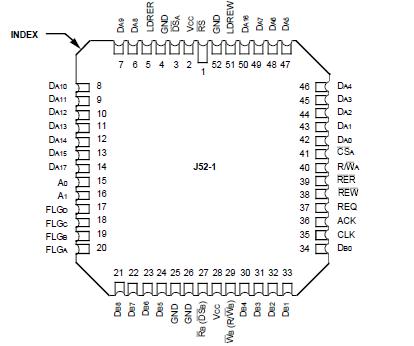IDT72510: Features: • Two side-by-side FIFO memory arrays for bidirectional data transfers• 512 x 18-Bit 1024 x 9-Bit (IDT72510)• 1024 x 18-Bit 2048 x 9-Bit (IDT72520)• 18-bit data b...
floor Price/Ceiling Price
- Part Number:
- IDT72510
- Supply Ability:
- 5000
Price Break
- Qty
- 1~5000
- Unit Price
- Negotiable
- Processing time
- 15 Days
SeekIC Buyer Protection PLUS - newly updated for 2013!
- Escrow Protection.
- Guaranteed refunds.
- Secure payments.
- Learn more >>
Month Sales
268 Transactions
Payment Methods
All payment methods are secure and covered by SeekIC Buyer Protection PLUS.

 IDT72510 Data Sheet
IDT72510 Data Sheet






